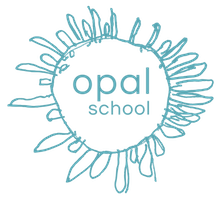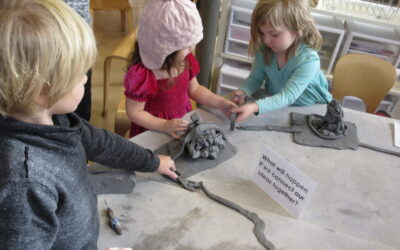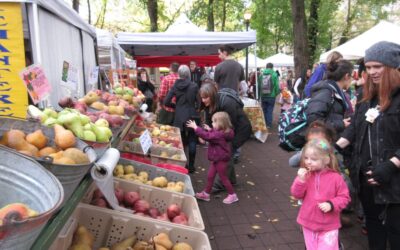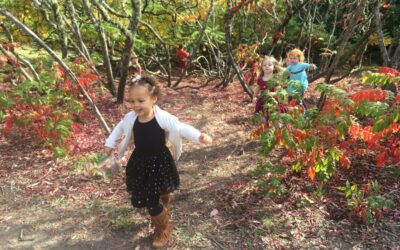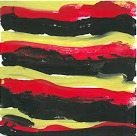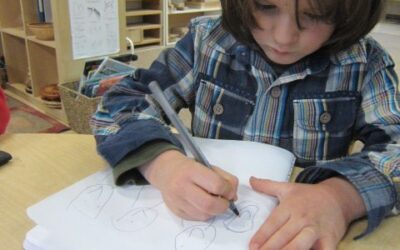Kimie Fukuda
Home \ Opal School Blog \ Kimie Fukuda
Intention Setting and Habits of Mind
Last March, Cedar Teacher Caroline Wolfe wrote a blog post about some of the resources that we use at Opal School when thinking about goals…
DETAIL
In Collaboration with the Natural World
“The wind comes creeping, it calls to me to come go exploring. It sings of the things that are to be found under the leaves.…
DETAIL
Children and Teachers as Researchers
Researchers pay attention to their questions, theories and ideas by listening for what provokes, inspires, challenges and engages them. At Opal School, the teachers see…
DETAIL
The Power of Story Part 2
This post is a continuation of a series on The Power of Story: A recap and introduction from last month’s Beginning School Curriculum night.…
DETAIL
The Power of Story Part 1
“When we say ‘old friend’, what we really mean is, I know your story and you know mine.” ~Ralph Fletcher, Writing instructor/Author The…
DETAIL
Teaching and Learning: A Reciprocal Exchange
One day last week, we invited the children to capture in their journals some sneak peeks from the stories in their lives they had been…
DETAIL
What does it mean to be an explorer?
"What does it mean to be an explorer?" To walk into the Early Kindergarten is to be met by a community of explorers! The images below…
DETAIL
New Beginnings in Creating a Learning Community
Early last week, the children entered the classroom to find the sensory table filled with warm, soapy, green colored water. The water had become a “friendship…
DETAIL
Summerland Part 1
Early in the Fall, the children began to notice how quickly signs of Summer were beginning to fade. They tried to capture summer in paint…
DETAIL
